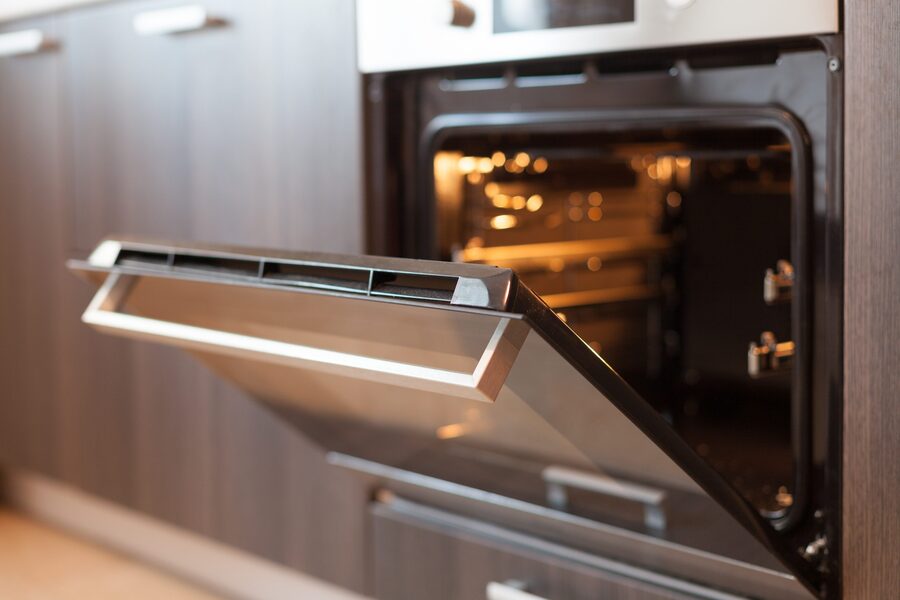How Your Oven Rack Influences Taste

March 14, 2022
Most of us use ovens for cooking things like chicken nuggets, pizzas, and cookies. But did you ever wonder how your oven rack gets its unique flavors? The truth is, the frames themselves aren't cooking anything. The stands circulate hot air, which causes the flavorful drippings, crumbs, and oils on your oven rack to cook your food.
The racks and trays inside your oven have a significant impact on the taste and quality of your food. The metal in your oven racks can react with food and beverages to produce flavors and odors. These reactions can also discolor your dishes and limit the amount of food you can cook at a time. There are some things you can do to lessen your oven racks' effect on the taste and quality of your food.
We've all been in the situation when we can't figure out what height to adjust the oven racks. The answer lies in the oven's design and heat distribution. Everything may sound overwhelming, but we will simplify it for you.
While you'll usually need to use the middle rack, there are times when you'll need to alter the oven rack height. The lower heating element warms in bursts, so it heats up and cools down as you cook. While both components heat up during preheating, the bottom part is the one that will occasionally kick in to keep the core temperature at the right level. Here's how to tell when to switch racks.
Using the top rack or upper third rack, you want to prepare any food that requires a rich browning on the top, such as casseroles, broiled meals, or anything with cheese on top, before placing it in the oven. You have to keep a closer check on them to avoid them from burning due to the high heat level at the top of the stove. In addition, when you're baking two sheets of cookies simultaneously, the top rack can be handy. Place one sheet in the oven's center, the other at the top, and rotate them halfway through baking.
For the most part, the middle rack is the default position for storage. When asked where to place food in the oven, it's a decent rule of thumb to start with the middle. The middle rack is excellent for most items because it allows even heat distribution throughout the oven. You may use it to make turkey, one-dish baked items, sheet-pan meals, muffins, and brownies, among other things. Another tip: if you're cooking multiple items simultaneously, save the center rack for delicate dishes that could burn quickly, like pies and pastries. You should move more forgiving foods to the top and bottom of the oven during the cooking process, then turn halfway through to ensure even cooking throughout the range.
Dishes that require crispy bottoms should be placed on the bottom or third middle rack. The entire baking time will be the same as baked in the middle, but the pan or baking sheet will brown more quickly on the bottom due to its proximity to the heating element. As a result, this rack position is ideal for pizzas, bread, and even fruit pies.
These principles change slightly to account for oven type, particularly convection ovens. A convection oven has a fan instead of a normal range, unlike a standard range. It contributes to and aids in heat regulation and distribution. You will most likely have a faster cook time with a convection oven. So, if you need to use the broiler to brown a dish, you'll want to reduce the cooking time and check it at shorter intervals with a convection oven. But don't let it deter you; remember to keep to the middle rack if you're unsure. That is the one tip that works both ways, regardless of oven type. Also, never shift the stands when the oven is hot; instead, attempt to do it ahead of time.
If you need help with your appliances, Volt Appliance Repair can assist you. You can trust to our experts for professional maintenance and repair services. To get started you can request a call, or give us a call at (888) 285-7957.
Categories
Archives